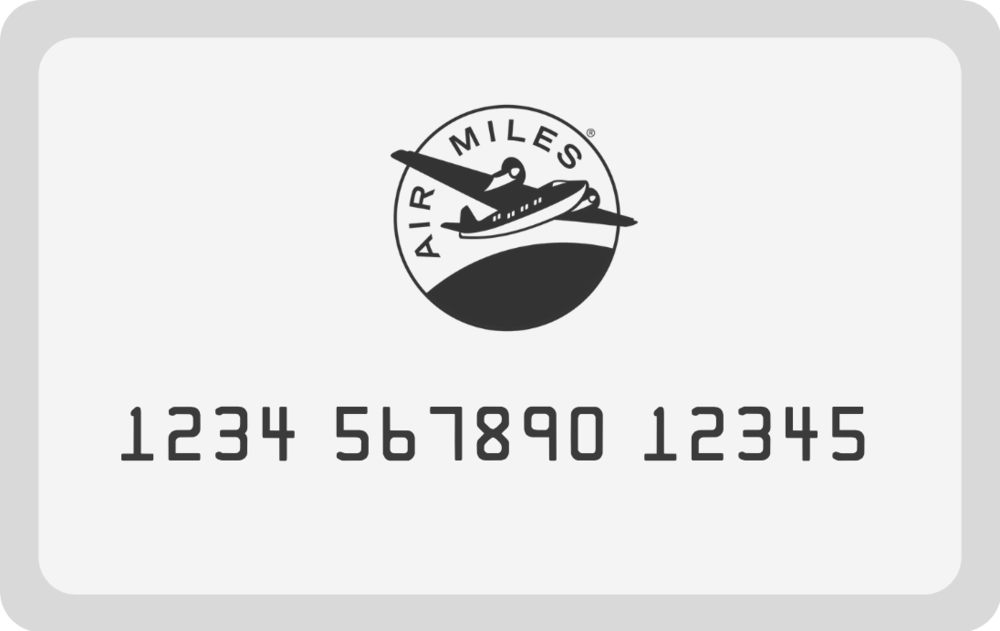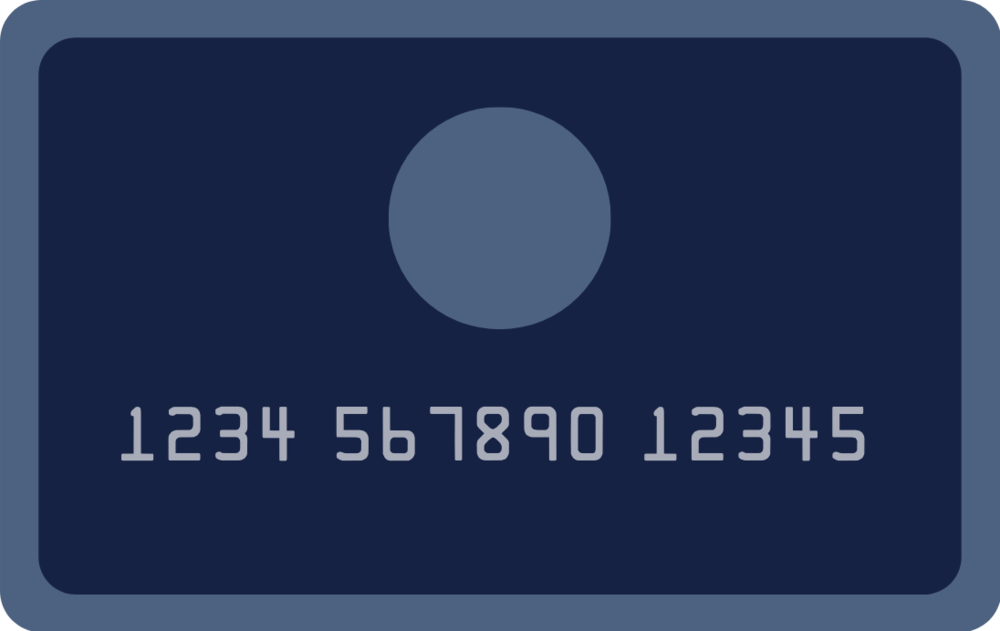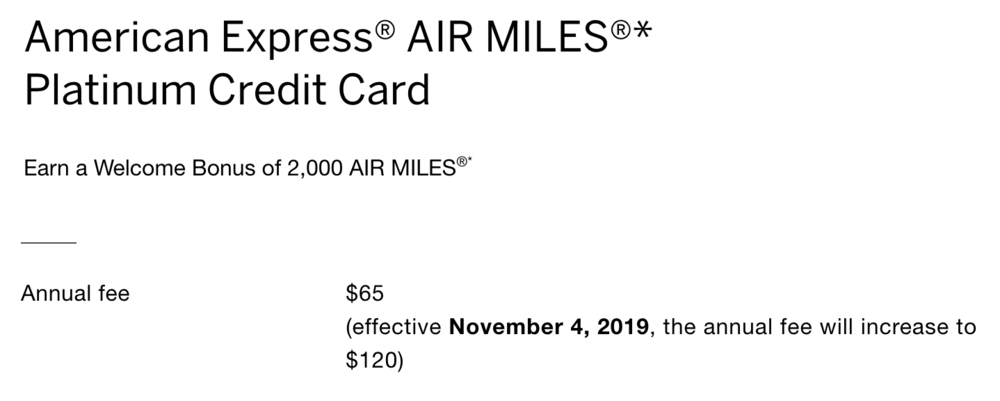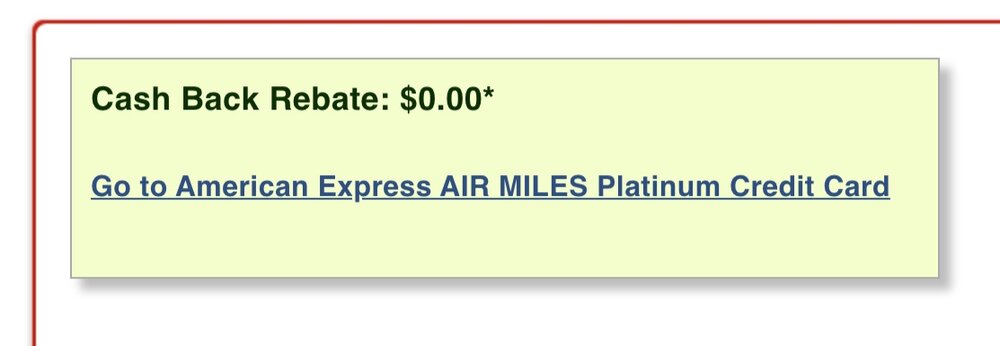It’s been a while since we checked in on Air Miles’s neck of the woods. Air Miles is by no means the most valuable loyalty program, as it won’t really be useful in getting you any closer to flying in business class or staying at luxury hotels for free, but it can be a useful secondary currency that can help to offset the cost of travel here and there, and can deliver excellent value in a few specific niche situations (such as short-haul last-minute domestic flights or travelling up to Canada’s remote communities).
Despite that, Air Miles is an insanely popular program among Canadians due to its wide variety of retail partners, and one of the best ways to pick up a good chunk of Air Miles in one fell swoop has traditionally been the Amex Air Miles Platinum Card.

A new round of changes will be coming to the Amex Air Miles Platinum on November 4, 2019, so let’s go through the details – the negative dramatic increase in the card’s annual fee is balanced out by an improved Air Miles earning rate and a unique Annual Travel Redemption Benefit as well.
Increased Air Miles Earning Rate
As of November 4, the Amex Air Miles Platinum’s earning rate will change from the current structure:
-
1 Air Mile for every $10 spent at Air Miles partners (Sobeys, Metro, Shell, Lowe’s, etc.)
-
1 Air Mile for every $10 spent when shopping at other grocery stores, gas stations, and drugstores
-
1 Air Mile for every $15 spent on all other purchases
Since I value Air Miles Dream Rewards at about 15 cents apiece, this is like getting a 1.5% return on Air Miles partners and grocery, gas, and drugstores – which is acceptable but not impressive by any means – and a 1% return on all other purchases.
(By the way, is it just me or is Air Miles’s insistence on using a system where roughly 10 miles equals 1 cent extremely frustrating when every other program out there, which uses 100 miles = 1 cent? It’s simply unnecessarily complex and unintuitive, and is doing the program no favours at all, in my view.)
Starting on November 4, the following new earning structure will be in place:
-
1 Air Mile for every $5 spent on eligible food & drinks and eligible gas & transit in Canada, up to a maximum limit of $30,000 per year
-
1 Air Mile for every $10 spent on all other purchases

Taking into account the 15¢ valuation, this means you’re basically getting a 3% return on your first $30,000 worth of food, drinks, gas, and transit purchases during the year, and a 1.5% return on all other purchases. That’s a much stronger earning rate than we had before.
These changes mean that there are actually some situations in which it might be worthwhile to actually use the Amex Air Miles Platinum on regular spending if you regularly seek to redeem Air Miles at a good value.
First of all, the food & drinks category encompasses all of the following:
-
restaurant, quick service restaurant, coffee shop and drinking establishments in Canada,
-
stand-alone grocery stores in Canada,
-
delivery of food and groceries in Canada as a primary business
For this category, while the equivalent of 3% back is a good return, you can do way better by using the Amex Cobalt Card to get 5 MR Select points per dollar spent instead. Indeed, if spending $5 on food and drinks, I’d much rather earn 25 MR Select points than 1 Air Mile, so the Amex Air Miles Platinum doesn’t really represent the best choice in this category.
The gas & transit category, however, includes the following:
-
stand-alone automobile gasoline stations in Canada,
-
local commuter transportation in Canada including subway, streetcar, taxi, limousine and ride sharing services
And here, the 3% earning rate is a standout choice: the alternatives in the market are the Amex Cobalt Card, which earns 2 MR Select points per dollar spent, and the Scotia Gold Amex which earns 3 Scotia Rewards points per dollar spent.


On a gas purchase of $5, given the choice between earning 1 Air Mile, 10 MR Select points, or 15 Scotia Rewards points, there’s a fair chance that earning 1 Air Mile is the best option for those of you who routinely redeem Air Miles for its specific sweet spots (such as DisneyWorld tickets, car rentals, non-chain mid-tier hotels, last-minute short-haul domestic flights, or flights to remote northern communities).
While I personally value Air Miles Dream Rewards at around 15¢ apiece, if you’ve been able to consistently extract more value than that (even if it’s only slightly more), then that makes the Amex Air Miles Platinum Card a natural choice for your gas and transit purchases.
Lastly, the return on non-bonused spending has improved from 1 Air Mile for every $15 spent to 1 Air Mile for every $10 spent, although I’d still prefer to use a card that earns a stronger points currency, like the Amex Business Platinum, for all my regular purchases instead.
Annual Travel Redemption Benefit
In addition to the increased earning rates, the Amex Air Miles Platinum is also introducing an Annual Travel Redemption Benefit, which gives you a 25% mileage rebate when you redeem Air Miles Dream Rewards for a flight or package vacation, once per calendar year. The rebate is limited to 750 Air Miles.

You’ll therefore extract the maximum benefit if you’re redeeming at least 3,000 Air Miles for a flight or package vacation (note that hotels, car rentals, and attraction tickets don’t count for the purposes of this benefit).
You can’t pick and choose which redemption to apply this benefit on, though, so you may as well just treat it as a straight-up 25% rebate on your first redemption. That can go a long way towards strengthening the value of your miles, especially if you’re already redeeming them on one of the above-mentioned Air Miles sweet spots.
Higher Annual Fee
In exchange for the above improvements to the card, American Express is raising the annual fee from $65 to $120. This is a dramatic 85% increase, although it’s perhaps unsurprising that with the earning rate being modified to be more similar to that of the Amex Cobalt Card, so too is the annual fee.
The good news is that all of these changes will take effect on November 4, 2019, so for those of you who want to take advantage of one last chance to earn 2,000 Air Miles in exchange for a $65 annual fee (which is a great deal, since I’d value the 2,000 Air Miles at $300), you can do so by applying before that date.

You’d then enjoy the increased earning rates and Annual Travel Redemption Benefit from November 4 onwards, although you won’t have to pay the higher $120 annual fee until your renewal date next year (should you decide to keep the card).
After November 4, the annual fee of $120 would still be worthwhile in exchange for 2,000 Air Miles on paper, but you’d have to have travel preferences that are well-suited to Air Miles’s sweet spots to pursue this deal above the other compelling deals out there (e.g., if you have limited time or interest for international business class flights and would prefer to travel somewhere closer to home with your family members, or something like that).
The other consideration is whether this card will return to Great Canadian Rebates (GCR). In the past, GCR offered a generous $50 cash back rebate on the Amex Air Miles Platinum, which brought the net annual fee down to $15; however, that offer appears to be inactive at the moment.

If the $50 cash back returns after November 4, the net annual fee would be brought down to $70, which is a much more palatable outlay in exchange for the card’s bonus points and the strong earning structure.
Conclusion
In conjunction with the BMO Air Miles World Elite, the Amex Air Miles Platinum is one of two strongest Air Miles-earning cards in Canada, and can do a great job of supplementing your earnings from shopping at retail partners.
The November 4 changes to the card are rather mixed, with improved earning rates and a unique Annual Travel Redemption Benefit being accompanied by an 85% increase in the annual fee. For those of you interested in the card, the opportunity here is to apply before November 4 to benefit from the current lower annual fee as well as the future increased benefits in the span of a single membership year.




















For what it’s worth I asked GCR a while back if/when a rebate would show up again for this card and they said that Amex had told them November. So I’m guessing we’ll see some kind of rebate once the fee goes up.
I wonder if the Amex travel redemption benefits stacks with the BMO companion benefit. Any idea?